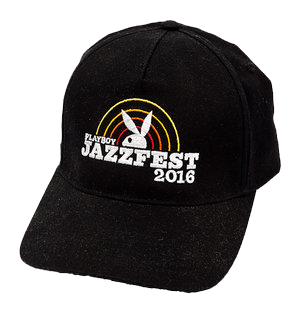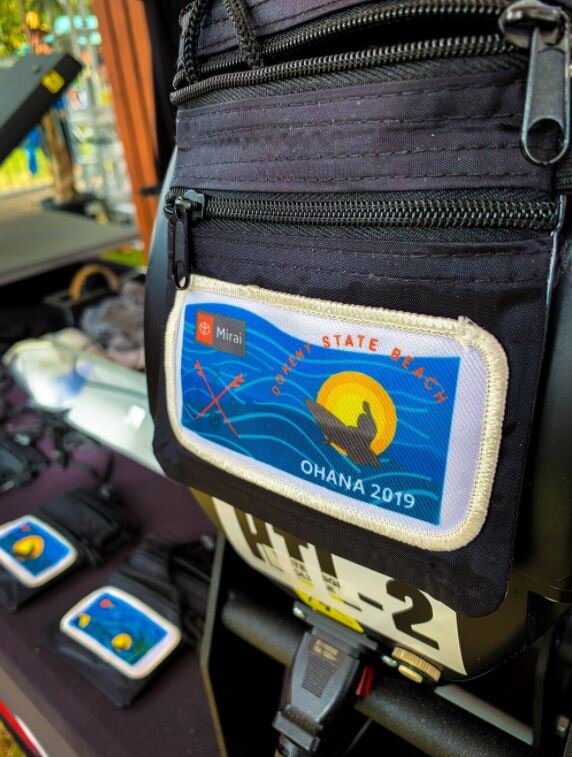In the ever-evolving world of fashion and design, staying ahead of the curve is essential for success. The year 2023 has brought a fresh wave of innovation and creativity, especially in the realm of merch and swag. From the resurgence of standard fit to the artistry of garment dyeing, the merch trends of 2023 are shaping the industry in exciting new ways. In this comprehensive guide, we'll explore the top trends that are redefining the landscape, offering insights and inspiration for designers, retailers, and fashion enthusiasts alike.
Standard Fit Over Slimmer Fit
The return to standard fit over slimmer fit is more than just a fleeting trend; it's a reflection of a broader cultural shift towards comfort, inclusivity, and authenticity. The standard fit, characterized by a more relaxed and forgiving silhouette, is not only comfortable but also versatile.
Comfort First: The standard fit's loose and relaxed design caters to various body types, promoting a more inclusive fashion landscape. Unlike the restrictive slimmer fit, the standard fit allows for ease of movement, making it a preferred choice for everyday wear.
Versatility: The standard fit's adaptability is another key factor in its resurgence. Whether paired with casual jeans for a laid-back look or dressed up with tailored trousers for a more formal occasion, the standard fit offers endless styling possibilities.
Read more Slim Fit vs Regular Fit T-Shirts: What is the difference?
Commission a Designer
In an age where uniqueness and personalization are highly valued, commissioning a designer has become a sought-after practice. This trend goes beyond mere aesthetics; it's about creating a brand identity and connecting with the audience on a deeper level.
Expertise: Professional designers bring a wealth of knowledge and creativity to the table. Their expertise in color theory, typography, and visual storytelling can transform a simple logo or t-shirt design into a powerful brand statement.
Customization: By commissioning a designer, brands can ensure that their merchandise is not only visually appealing but also aligned with their values and target audience. This personalized approach fosters a stronger connection between the brand and its consumers.
Puff Printed T-Shirts and Hats
Puff printing, with its tactile and three-dimensional qualities, has become a favorite among fashion enthusiasts and brands alike. This innovative printing technique adds a new layer of creativity to traditional t-shirt and hat designs.
Visual Appeal: Puff printing's raised ink creates a 3D effect that adds depth and texture to the design. This visual intrigue sets puff printed merchandise apart from flat, traditional prints, making it a popular choice for brands looking to make a statement.
Innovation: The technique opens up new avenues for artistic expression, allowing designers to experiment with different shapes, patterns, and textures. From subtle, embossed logos to bold, textured graphics, puff printing offers endless creative possibilities.
Garment Dyed Tees
Garment dyeing is not just a coloring process; it's an art form that breathes life into fabric. This trend has gained traction for its ability to create unique, soft, and aesthetically pleasing tees.
Individuality: Unlike traditional dyeing methods, garment dyeing results in slight variations in color and shade. These inconsistencies add character to each piece, ensuring that no two tees are exactly alike.
Softness: Garment dyeing often involves washing the fabric after dyeing, resulting in a softer and more comfortable feel. This added softness enhances the overall wearing experience, making garment-dyed tees a favorite among consumers.
Check out The Difference Between Pigment-Dyed and Garment-Dyed T-Shirts
hALF-Tone Poster Prints for Bands
Half-tone printing, with its distinctive dot pattern, has become synonymous with vintage and artistic band posters. This printing technique offers a unique visual appeal that resonates with music enthusiasts.
Aesthetic Appeal: Half-tone printing's dot pattern creates a visually stunning effect that captures the essence of music and art. Whether used to create a retro vibe or a modern, abstract design, half-tone printing adds a touch of artistic flair to band posters.
Versatility: The technique's adaptability makes it suitable for various designs and themes. From classic rock bands to contemporary pop artists, half-tone printing can be tailored to reflect the music's mood and style.
Changing Design to Fit with Season
Seasonal design changes are more than just a marketing strategy; they're a way to keep merchandise fresh, relevant, and aligned with consumer needs.
gget Los Angeles summer tee
Relevance: By updating designs to reflect the changing seasons, brands can ensure that their merchandise remains current and appealing. Whether it's incorporating seasonal colors, patterns, or themes, these design changes create a sense of novelty and excitement among consumers.
Creativity: Seasonal changes offer opportunities for creative exploration and expression. Designers can experiment with new ideas, trends, and inspirations, keeping the merchandise line fresh and engaging.
Eco-Friendly Merchandising Practices
In 2023, the fashion industry has seen a significant shift towards sustainability and environmental consciousness. Eco-friendly merchandising practices are not just a trend but a necessity, reflecting a global movement towards responsible consumption.
Sustainable Materials: The use of organic, recycled, and biodegradable materials has become a priority for many brands. These materials reduce the environmental impact of production, promoting a more sustainable fashion ecosystem.
Ethical Manufacturing: Ethical manufacturing practices ensure that merchandise is produced under fair and humane conditions. This includes fair wages, safe working environments, and adherence to labor laws.
Low-Impact Dyeing: Traditional dyeing processes can be harmful to the environment, consuming large amounts of water and chemicals. Low-impact dyeing methods minimize these effects, using water-efficient techniques and non-toxic dyes.
Waste Reduction: From design to packaging, waste reduction strategies are being implemented across the merchandising process. This includes using minimal packaging, recycling excess materials, and designing products that have a longer lifespan.
Consumer Education: Brands are also focusing on educating consumers about the importance of sustainable consumption. This includes providing information about the materials, manufacturing processes, and care instructions that promote longevity and responsible use.
The adoption of eco-friendly merchandising practices is a testament to the industry's commitment to social and environmental responsibility. It's a trend that goes beyond aesthetics, reflecting a deeper understanding of the impact that fashion has on the world around us. By embracing sustainability, brands are not only enhancing their image but also contributing to a more ethical and environmentally conscious world.
Conclusion
The merch trends of 2023 are a rich tapestry of innovation, creativity, and cultural relevance. From the comfort-driven shift towards standard fits to the artistic brilliance of puff printing, these trends offer a glimpse into the future of fashion and design. By embracing these trends, brands, designers, and consumers can engage in a more meaningful and personalized fashion experience. The trends of 2023 are not just fleeting fads; they're a reflection of our evolving values, tastes, and desires, shaping the way we express ourselves through fashion.
Follow us on Instagram and Facebook
For FAQ, check out our site!
For any inquiries, send us a message!
OR
send us an e-mail at quotes@familyindustriesla.com
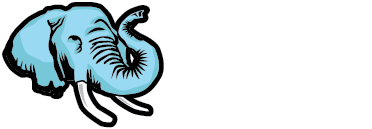






























![IMG_4399[3137].jpeg](https://images.squarespace-cdn.com/content/v1/57be022abebafbe8a9781db3/1614978286458-D54JZ79RIQ4UUO93SUAQ/IMG_4399%5B3137%5D.jpeg)
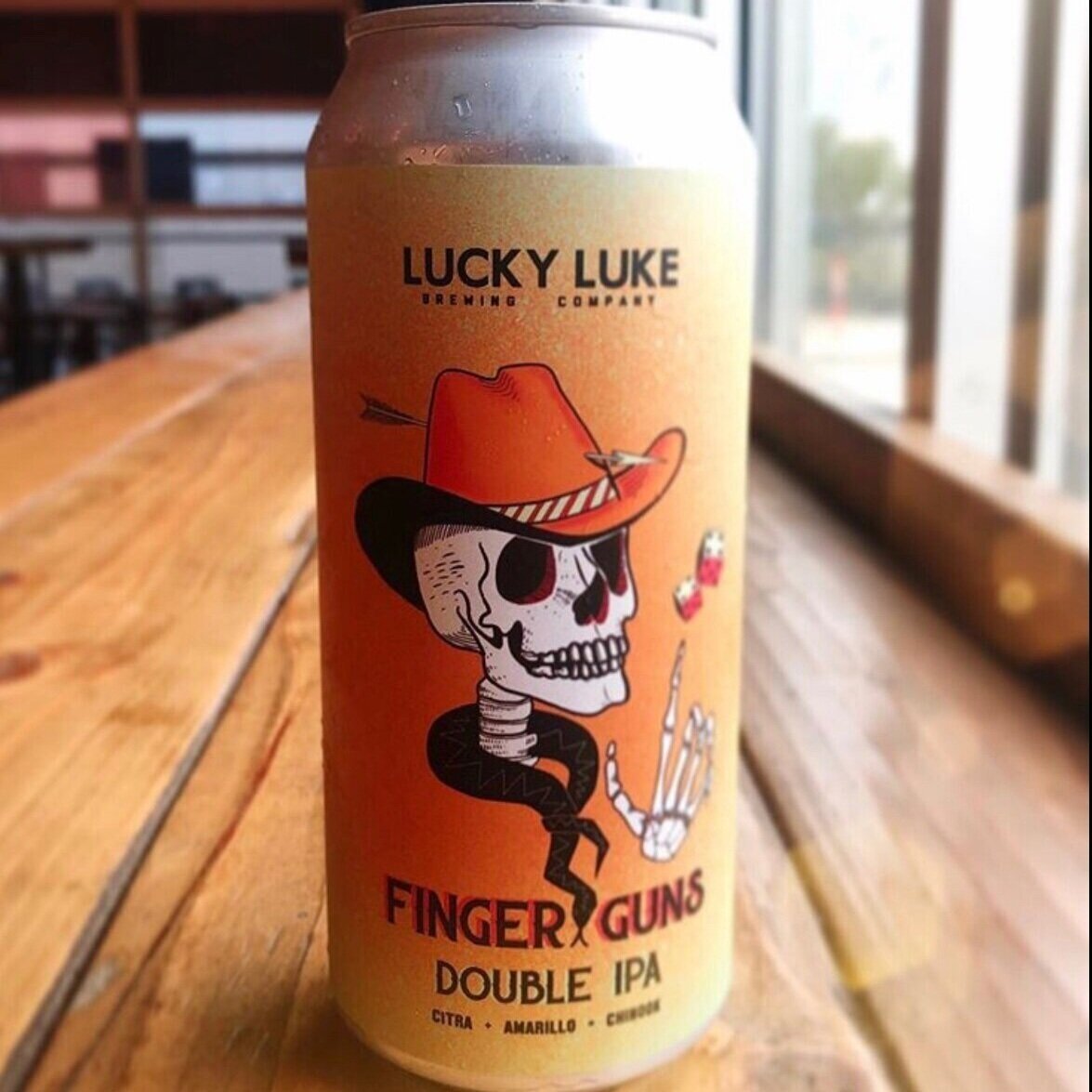
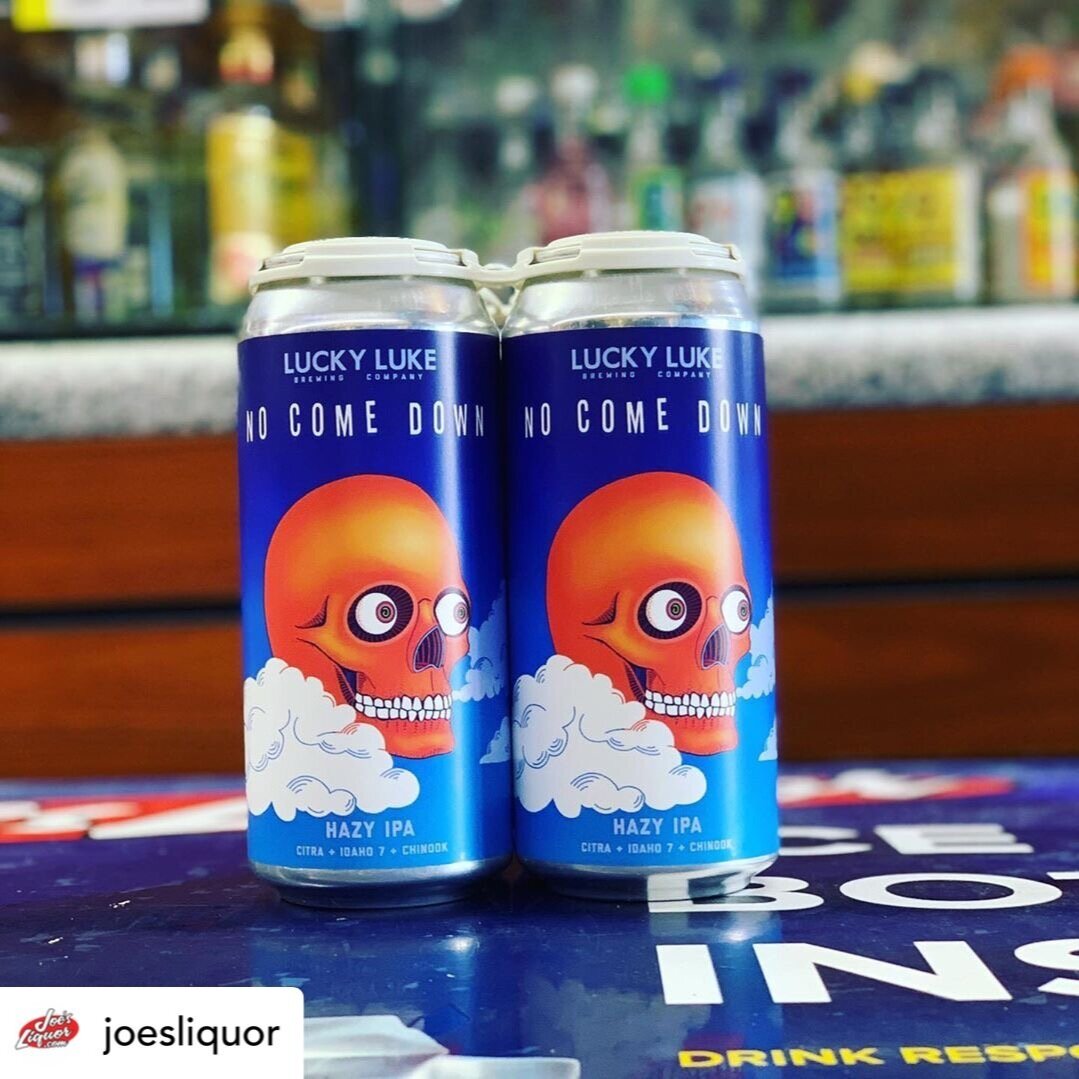
![IMG_2698[3121].JPG](https://images.squarespace-cdn.com/content/v1/57be022abebafbe8a9781db3/1614973957364-ZZTFTZABVX0EPAD409OP/IMG_2698%5B3121%5D.JPG)
![IMG_4396[3136].jpeg](https://images.squarespace-cdn.com/content/v1/57be022abebafbe8a9781db3/1614975279453-D70Q4C5WCDC2F2RBDW8U/IMG_4396%5B3136%5D.jpeg)
![IMG_4406[3140].jpeg](https://images.squarespace-cdn.com/content/v1/57be022abebafbe8a9781db3/1614975281053-RVYOO956H9CX8MK11X10/IMG_4406%5B3140%5D.jpeg)
![IMG_4400[3139].jpeg](https://images.squarespace-cdn.com/content/v1/57be022abebafbe8a9781db3/1614975279975-OTVWDW851HSYTFQX6QDZ/IMG_4400%5B3139%5D.jpeg)
![IMG_3337[3122].jpeg](https://images.squarespace-cdn.com/content/v1/57be022abebafbe8a9781db3/1614973958865-QPM18HWD2TNHYCHF93TC/IMG_3337%5B3122%5D.jpeg)
![IMG_3941[3125].jpeg](https://images.squarespace-cdn.com/content/v1/57be022abebafbe8a9781db3/1614973959524-5D0W61K0CDBL584Q1GJ5/IMG_3941%5B3125%5D.jpeg)
![IMG_3937[3124].jpeg](https://images.squarespace-cdn.com/content/v1/57be022abebafbe8a9781db3/1614973959791-YUQKF01D3SLX2TU7JUIM/IMG_3937%5B3124%5D.jpeg)

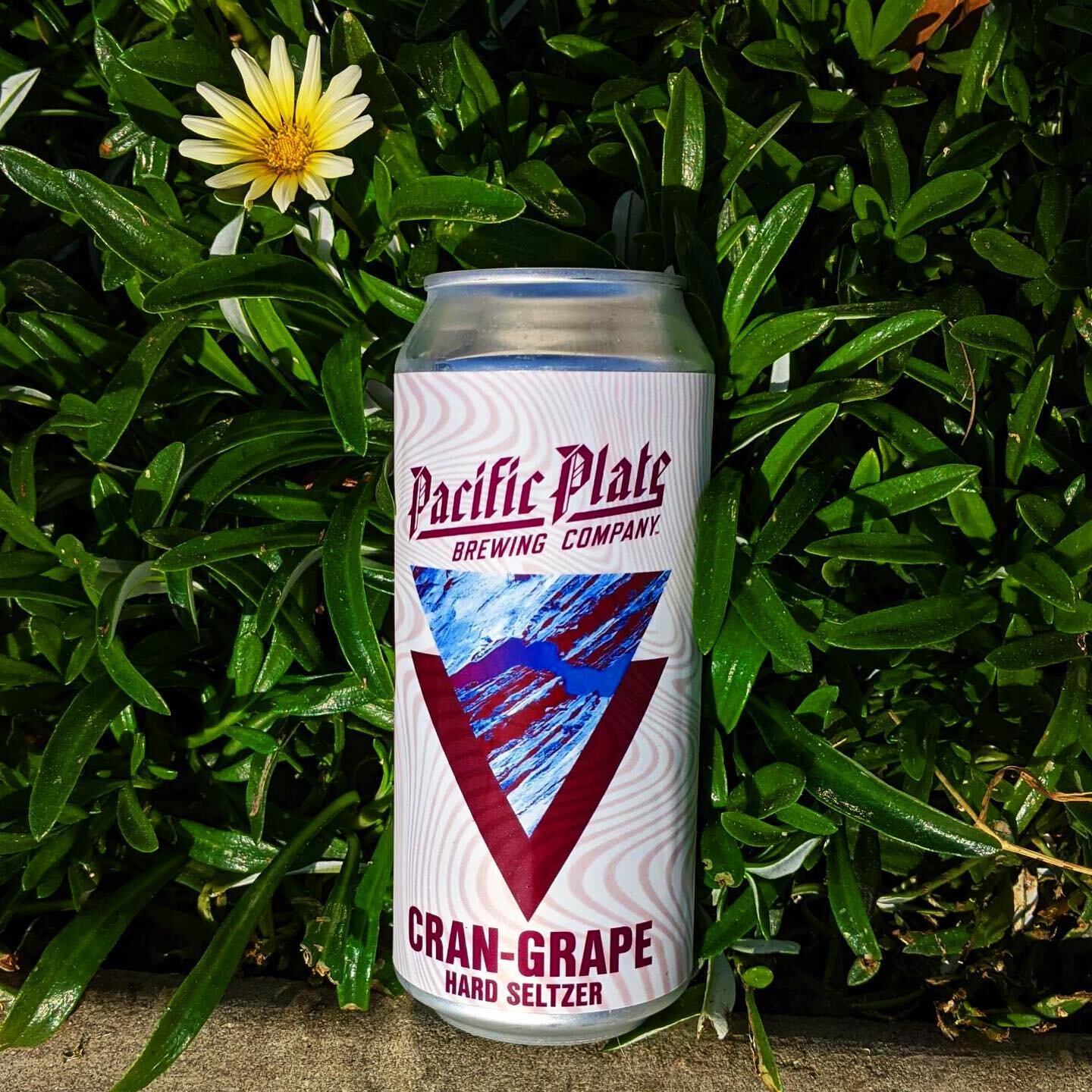
![IMG_4408[3141].jpeg](https://images.squarespace-cdn.com/content/v1/57be022abebafbe8a9781db3/1614975351858-79AUUQU7MC71EBSHTYL9/IMG_4408%5B3141%5D.jpeg)

![IMG_4247[3142].JPG](https://images.squarespace-cdn.com/content/v1/57be022abebafbe8a9781db3/1614980372380-W18T0KE318XZ2UDVL6CO/IMG_4247%5B3142%5D.JPG)
![IMG_2374[3126].png](https://images.squarespace-cdn.com/content/v1/57be022abebafbe8a9781db3/1614980379117-8F791L3TZ538NF30GVFA/IMG_2374%5B3126%5D.png)


